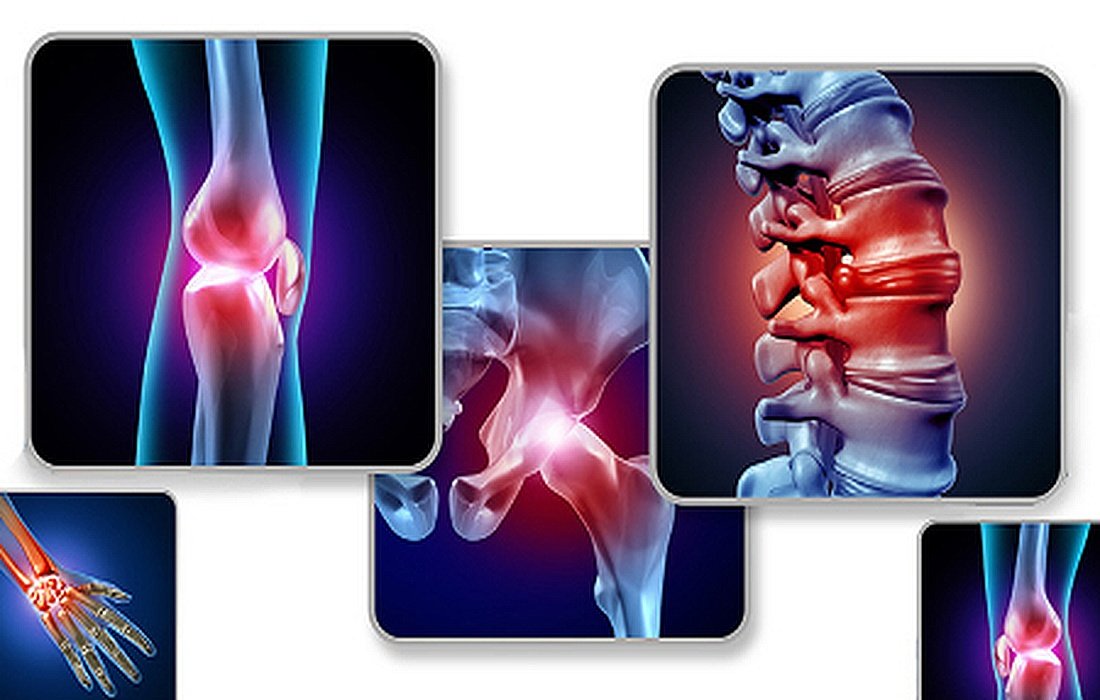
Proper posture is key to preventing many musculoskeletal disorders.
Use these methods to prevent musculoskeletal diseases.
Musculoskeletal disorders can significantly impact your quality of life. However, with proper preventive techniques, you can greatly reduce this risk. These disorders affect your muscles, joints, and bones, varying from mild discomfort to debilitating pain.
MSDs may arise from repetitive movements, poor posture, or prolonged activities such as sitting or standing.
Examples of MSDs include:
• Carpal Tunnel Syndrome
• Tendinitis
• Fibromyalgia
• Arthritis
These conditions can disrupt your daily life and lead to long-term health problems. Many MSDs are preventable. By incorporating changes like stretching, improving posture, and using ergonomic tools into your daily routine, you can significantly lower your risk. Let’s go over practical tips to help prevent musculoskeletal disorders and protect your body from strain.

Stretching and warming up before activity prepares the muscles.
Ways to prevent musculoskeletal disorders.
Preventing musculoskeletal disorders involves a mix of healthy habits, proper body mechanics, and ergonomic tools. Here are some essential tips:
Stretch and warm up before activities.
Whether exercising or starting work at a desk, warming up your muscles is crucial. Stretching helps to increase flexibility, improve blood flow, and prepare your body for repetitive or prolonged activities. Dynamic stretches like arm circles or leg swings can be especially helpful in reducing stiffness and lowering the risk of injury.
Take breaks every 20 to 30 minutes.
If your job requires sitting or standing for long periods, make it a habit to take breaks. Standing, walking, or changing your position every 20 to 30 minutes helps relieve pressure on your joints and muscles. This can prevent stiffness and discomfort that could ultimately lead to MSDs.
If you feel pain, change your position.
Pain is your body’s way of signaling that something is wrong. If you feel discomfort while sitting, standing, or doing any activity, adjust your position. Adjust your chair, stand, or move to reduce the strain on your body.
Maintain a healthy posture.
Good posture means aligning your body correctly. For example, when sitting, your feet should be flat on the ground, your knees should be at a 90-degree angle, and your back should be supported by the chair. If you stand for long periods, distribute your weight evenly between both legs. Proper posture minimizes unnecessary pressure on your spine and muscles.
Vary activities throughout the day.
Repetitive movements or prolonged fixed positions are often linked to musculoskeletal disorders. To prevent this, try to change your tasks throughout the day. For instance, if you’ve been sitting and typing for an hour, take a break, stand up, stretch, or do a different task that doesn’t require sitting.
Avoid repetitive gripping activities.
Actions like gripping tools or typing for long periods can strain your hands, wrists, and forearms. If you do these tasks regularly, take frequent breaks and use tools that reduce hand stress.
Add ergonomic gripping tools to your writing instruments.
Writing for long periods can put pressure on your hands and fingers. Using pens with soft or larger grips can reduce strain on your joints and make writing easier. External tools like finger rings or finger guards can help you hold the pen or pencil with the right strength and angle, relieving pressure on your joints.

Learning proper lifting techniques prevents back injuries.
Lift with your legs, not your back.
When lifting heavy objects, use your legs for strength instead of bending at your back. Squat down, keep your back straight, and use your legs to lift. This reduces the strain on your back and helps prevent back injuries. Always remember to ask for help with heavy loads.
Get an adjustable or ergonomic keyboard.
An ergonomic keyboard allows your hands and wrists to be in a more natural position while typing. These tools help reduce pressure on your wrists and lower the risk of conditions like Carpal Tunnel Syndrome.
Wear appropriate shoes.
Wearing shoes with good support can help prevent pressure on your feet, hips, and back. Shoes with poor arch support or very high heels can lead to imbalance, which might result in musculoskeletal issues.
Practice conscious movements.
Pay attention to how you move during daily activities. Whether bending, twisting, or reaching, aim to avoid sudden or awkward movements that can strain muscles or joints.
Drink enough water.
Staying hydrated helps lubricate your muscles and joints. Dehydration can lead to muscle cramps and reduced flexibility, increasing the risk of injury.

Using ergonomic equipment at work and home reduces body strain.
Risk factors for musculoskeletal disorders.
Several factors can increase your risk of MSDs, including:
• Repetitive movements like typing or lifting.
• Poor body posture, such as slouching.
• Lack of breaks during prolonged activities.
• Using non-ergonomic tools such as poorly designed chairs, desks, or keyboards.
• Older age.
• Previous injuries.
Symptoms of musculoskeletal disorders.
Symptoms of musculoskeletal disorders can vary depending on the specific condition and the affected area of the body. However, common symptoms include:
• Pain, stiffness, or swelling in muscles or joints.
• Limited range of motion.
• Numbness or tingling, especially in the hands or feet.
• Muscle weakness or fatigue.
• Discomfort that worsens with activity and improves with rest.
When to see a doctor.
If your symptoms persist despite preventive measures or pain becomes severe, it’s time to visit a doctor. Doctors who can assist with MSDs include:
• Primary care physicians.
• Orthopedic surgeons.
• Rheumatologists.
• Physical therapists.
• Occupational therapists.
• Massage therapists.
Treating musculoskeletal disorders.
Treatment for MSDs often depends on the severity and location of the disorder. Common treatments include:
• Physical therapy, occupational therapy, or massage therapy.
• Medications.
• Ergonomic adjustments.
• Surgery.

See a doctor for early diagnosis and treatment of problems.
Frequently Asked Questions about Preventing Musculoskeletal Disorders.
1. What are musculoskeletal disorders?
Musculoskeletal disorders refer to a group of conditions that affect muscles, tendons, nerves, ligaments, joints, and bones. These disorders can lead to pain, stiffness, weakness, and limitation of movement.
2. What factors contribute to musculoskeletal disorders?
A variety of factors contribute to these disorders, including: repetitive movements, poor posture, heavy lifting, vibration, hereditary influences, and underlying illnesses.
3. Why is preventing musculoskeletal disorders important?
Preventing these disorders helps you: avoid pain and discomfort, improve your quality of life, reduce treatment costs, and prevent long-term disabilities.
4. What are the best exercises for preventing musculoskeletal disorders?
Aerobic exercises, yoga, Pilates, and swimming are beneficial for strengthening muscles and increasing flexibility.
5. What role does nutrition play in preventing these disorders?
Proper nutrition with enough calcium, vitamin D, and other nutrients is essential for the health of bones and joints.
Conclusion.
Musculoskeletal disorders can range from mild discomfort to serious and life-altering conditions. However, with appropriate preventive measures, you can significantly lower your risk. If you experience persistent pain or discomfort, don’t hesitate to see a doctor. Early intervention can prevent further injury and improve your quality of life.
Collected by:SelMagz Health Section
Read more to stay healthy.







